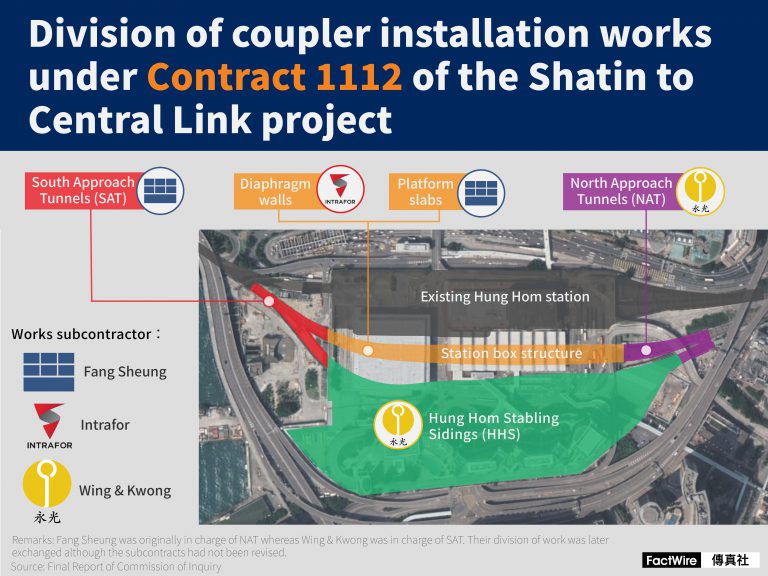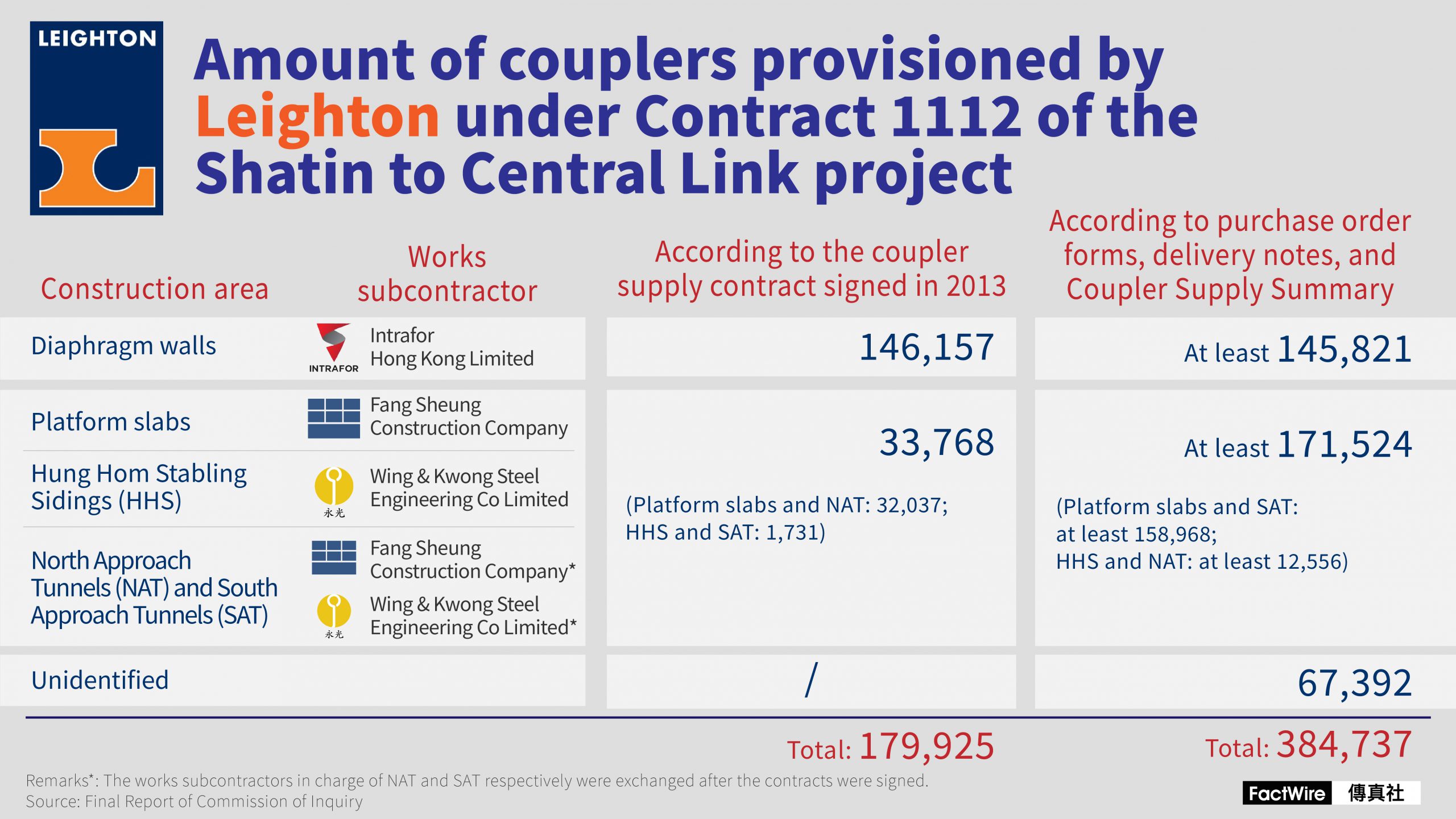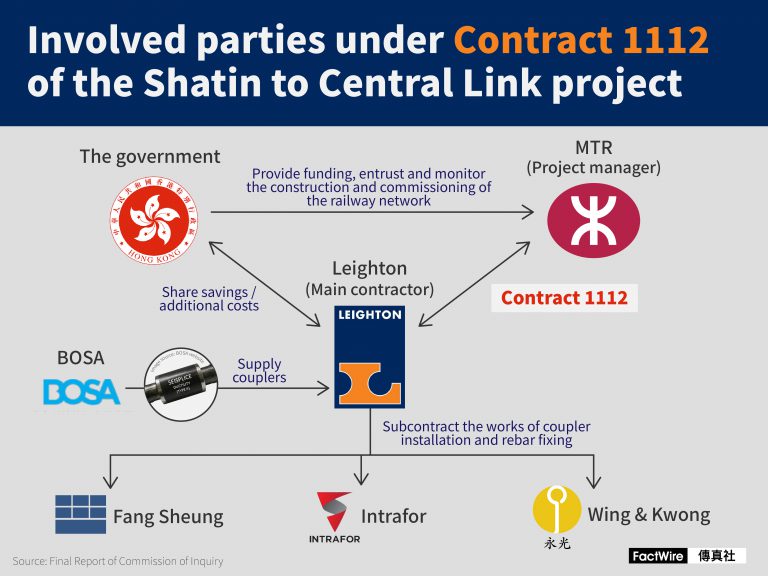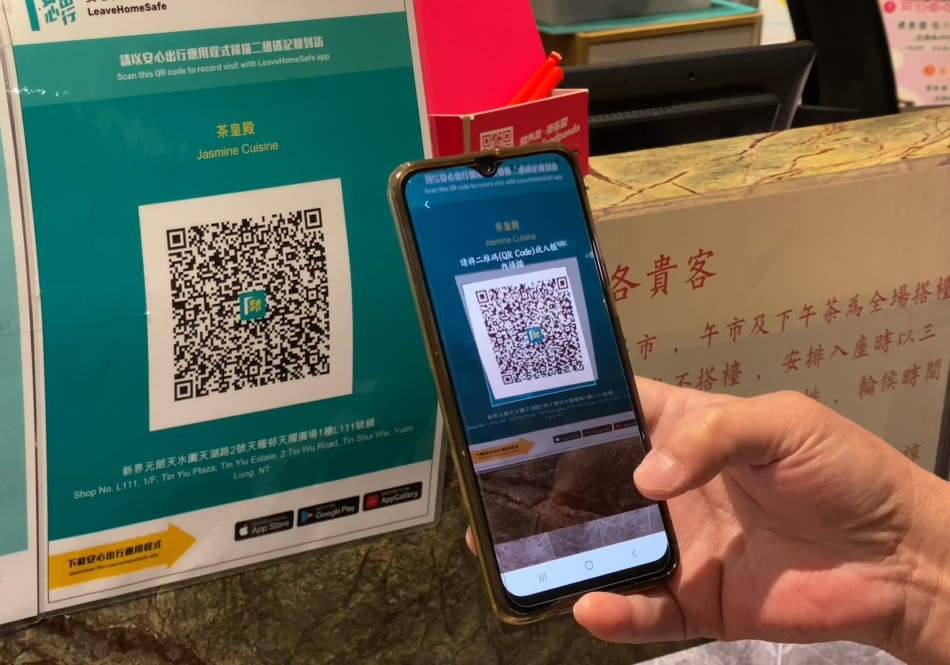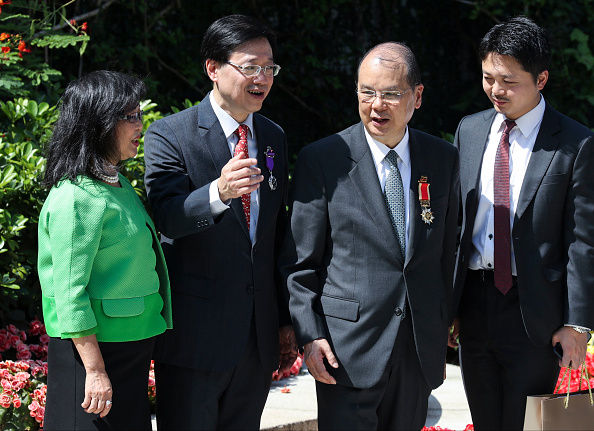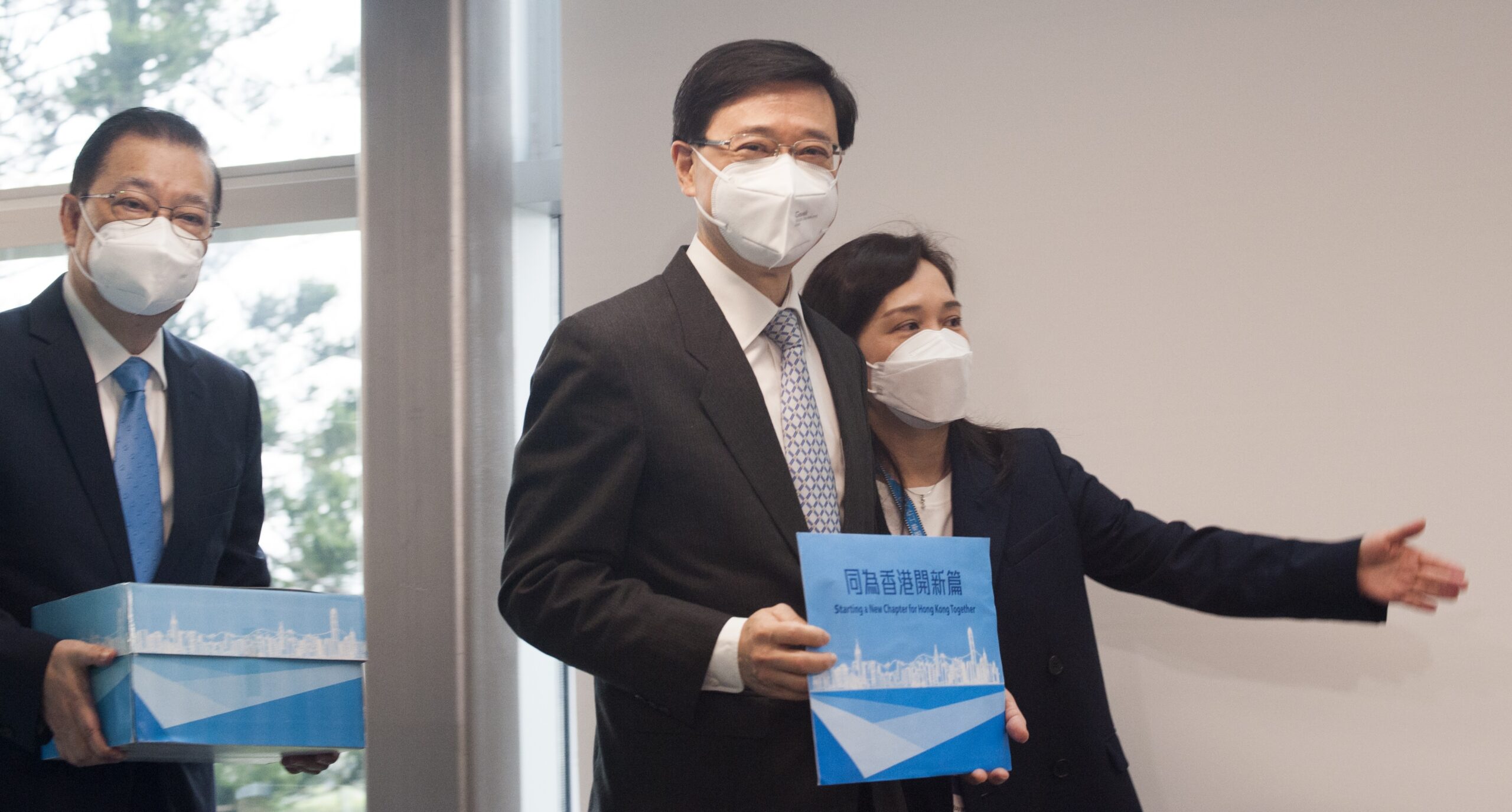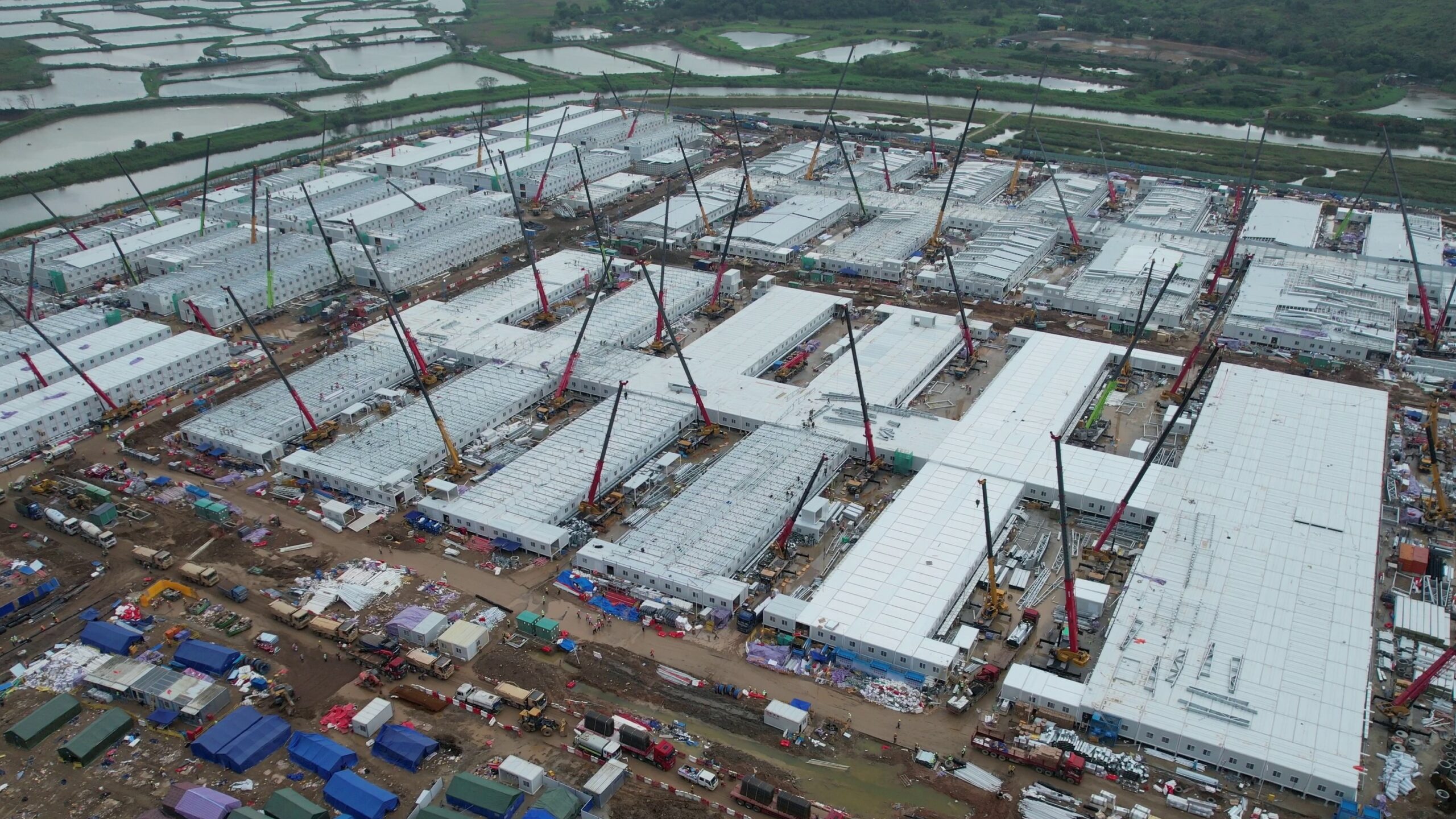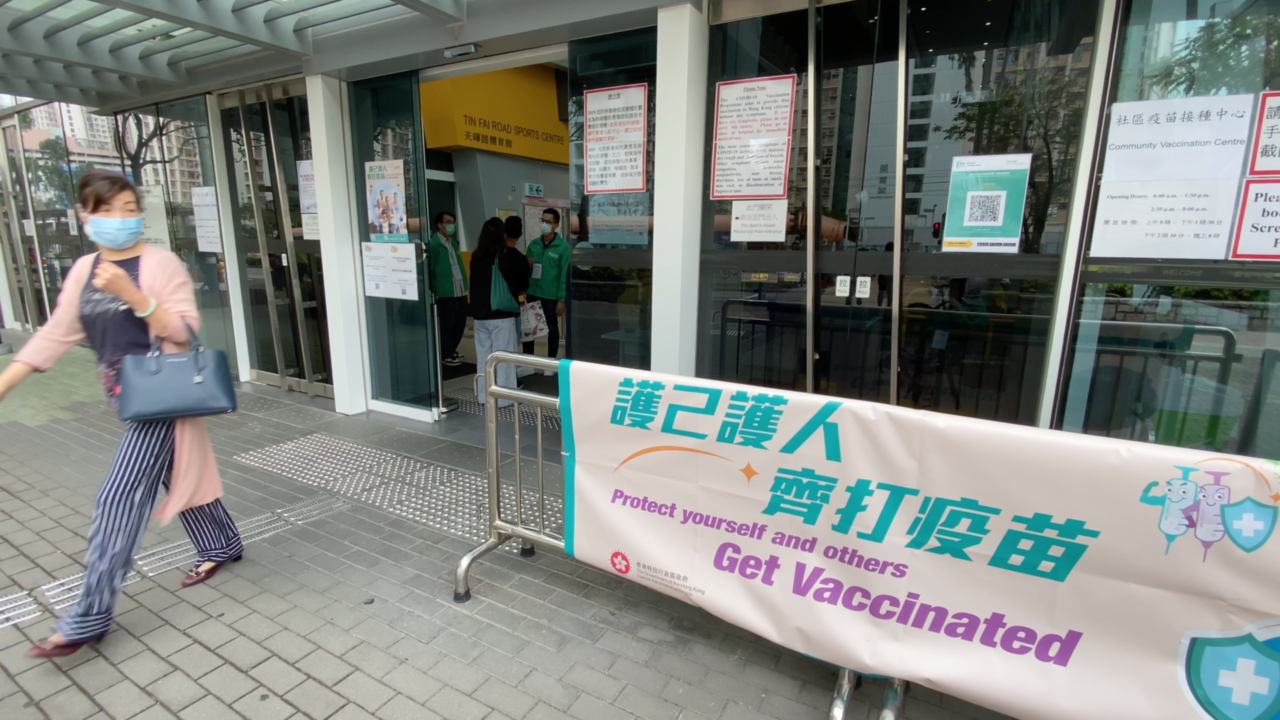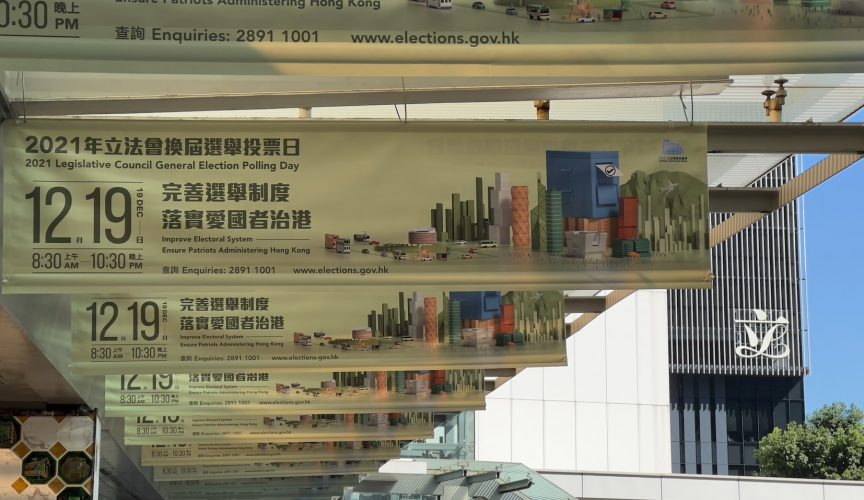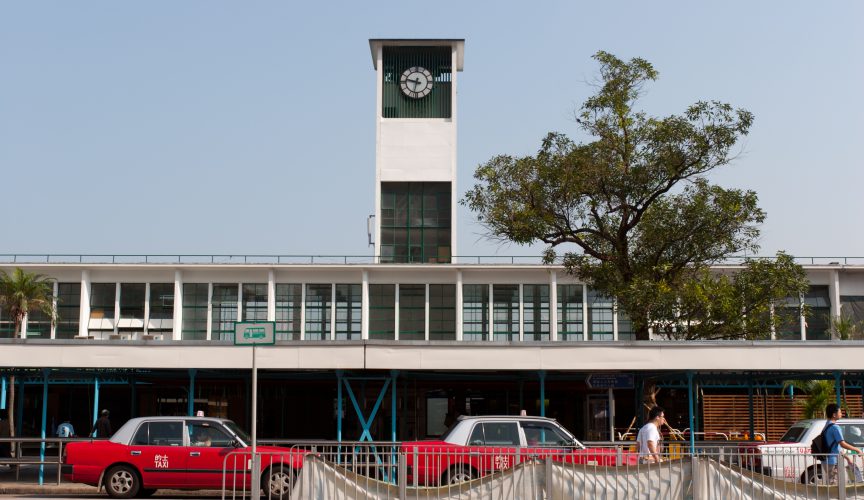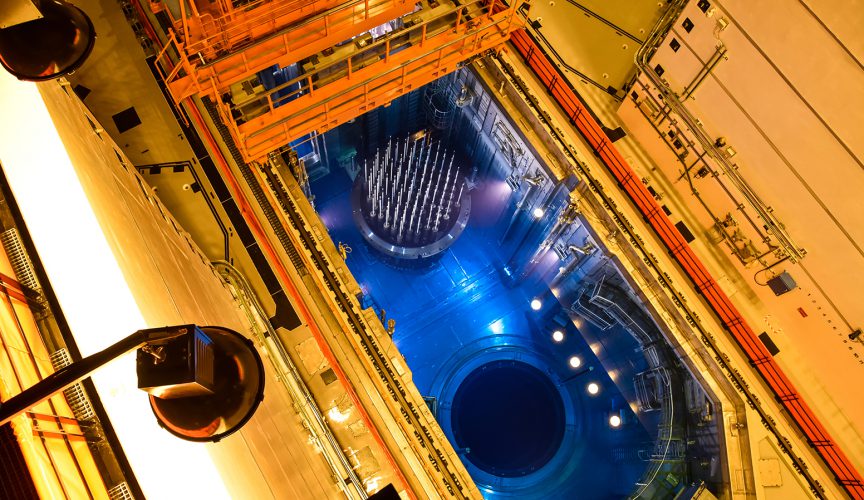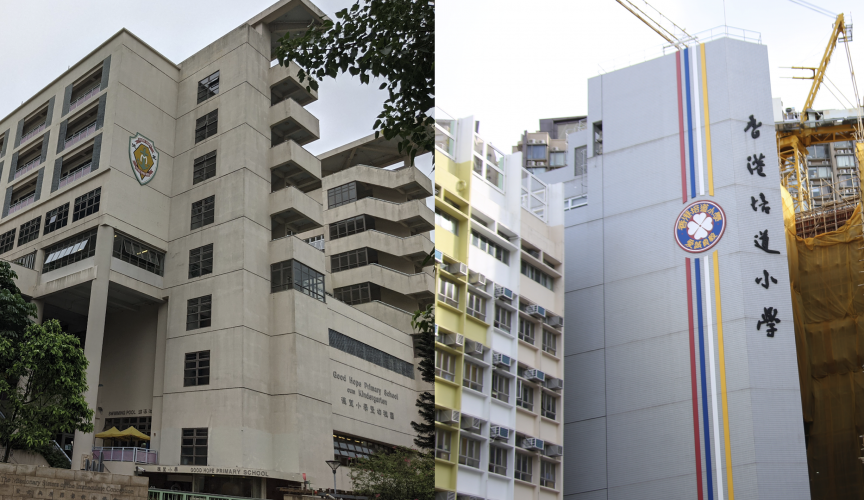Documents show that the amount of couplers provisioned for the Hung Hom extension works of the Shatin to Central Link project doubled what was specified in the original contract, raising the contract price from HKD 17 million to HKD 33 million. FactWire found that the excess couplers mainly correspond to the construction of platform slabs, NAT, SAT and HHS.
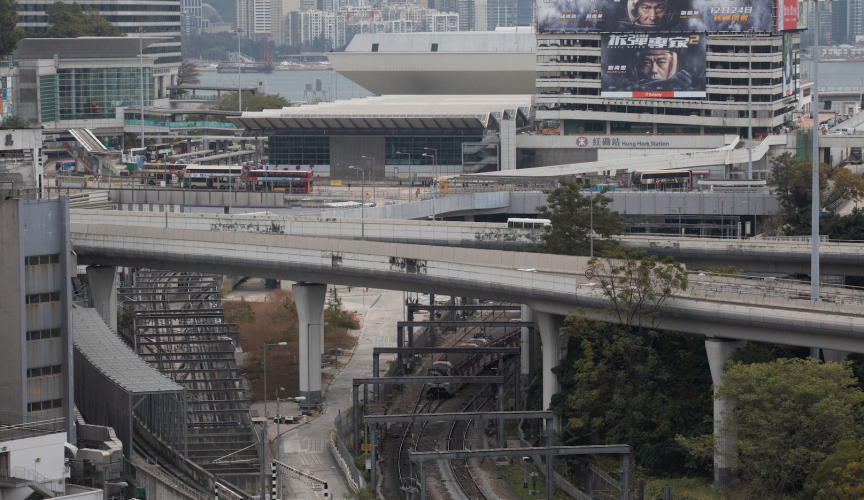
Documents show that the amount of couplers provisioned for the Hung Hom extension works of the Shatin to Central Link project doubled what was specified in the original contract, raising the contract price from HKD 17 million to HKD 33 million. Revealed by FactWire’s investigation, the excess couplers mainly correspond to the construction of platform slabs, North Approach Tunnels, South Approach Tunnels and Hung Hom Stabling Sidings.
The over-provision of couplers was found in addition to a series of scandals already exposed relating to the government-funded Shatin to Central Link project. It has not been addressed in both final reports published respectively by the Commission of Inquiry and the government’s Expert Adviser Team.
Leighton (Contractors) Asia Limited is the main contractor of the Hung Hom extension works under Contract 1112. The supply of couplers was subcontracted to BOSA Technology (Hong Kong) Limited, a company held by BOSA Technology Holdings Limited (8140.HK).
In response to FactWire’s enquiries, the Highways Department confirmed the discrepancy between the amount specified in Contract 1112 and of that actually purchased. MTR (0066.HK) was requested by the department to offer an explanation by investigating the case, which is expected to be completed by this quarter. It is unclear whether or not the government will publish the report.
The Highways Department told FactWire that it was first aware of the discrepancy in December 2018, and after its Monitoring and Verification Consultant investigated the incident in May 2019, it was then able to confirm a case. It was in June 2019 when the department requested MTR to offer an explanation. MTR thus employed a consultancy company to verify the actual use of construction materials. The verification is expected to be completed by this quarter.
The Highways Department did not provide the exact amount of excess couplers bought. They only stressed that the payment will be made based on the amount required by the design and the actual use, according to the mechanism stated in the contract.
The subcontract between Leighton and BOSA, signed in May 2013, is numbered SC011. It states that BOSA was to provide all necessary labour, plant, and materials etc. for the supply of couplers and the threading of rebars. This amounted to a cost of around HKD 17 million.
The Bills of Quantities attached in Subcontract SC011 specifies that, based on the design of construction area under Contract 1112, 179,925 couplers were projected to be used and four threading machines were projected to be mobilised.
However, from a Coupler Supply Summary that FactWire obtained, the total number of couplers BOSA supplied was 384,737. The document is a summary of 104 invoices BOSA issued to Leighton pursuant to Contract 1112, submitted to the Buildings Department in 2018.
The supply amount of 384,737 was confirmed by the Highways Department in its response to FactWire’s enquiries. In comparison to 179,925, which was the amount listed in Subcontract SC011, BOSA supplied 204,812 extra couplers to Leighton.
Increased use of couplers denotes a higher cost of the contract. BOSA was listed on the Growth Enterprise Market in 2018. Taking reference from its prospectus in 2018, the Hung Hom station extension of Shatin to Central Link was the biggest project completed in its track record period, incurring HKD 33.1 million revenue, HKD 15.85 million more than which was originally projected in the contract. This accounted for 60 percent of the total revenue for its top ten projects.
The extension works to Hung Hom station pursuant to Contract 1112 was divided into four areas: a station box structure (including diaphragm walls and platform slabs), the North Approach Tunnels (NAT), the South Approach Tunnels (SAT), and the Hung Hom Stabling Sidings (HHS).
Leighton subcontracted the works of installing couplers and fixing rebars to three companies, with Intrafor Hong Kong Limited responsible for the diaphragm walls, Fang Sheung Construction Company responsible for the platform slabs and SAT, and Wing and Kwong Steel Engineering Co Limited responsible for the remaining NAT and HHS parts. According to a witness statement given by the representative of Fang Sheung to the Commission of Inquiry, Fang Sheung was originally in charge of NAT whereas Wing and Kwong was in charge of SAT. Their division of work was later exchanged due to practical reasons although the subcontracts were not revised.
The details of 65 coupler items listed in the supply subcontract (SC011) can be matched with those in the works subcontracts, showing that Intrafor was in charge of 40 items (installation of 145,821 couplers), Fang Sheung was in charge of 18 items (installation of 32,037 couplers), and Wing and Kwong was in charge of seven items (installation of 1,731 couplers). These totalled to an installation of 179,925 couplers.
In order to better understand the actual provision of couplers, FactWire obtained and studied part of the documents of the Commission of Inquiry which contains 1,810 purchase order forms and around 300 delivery notes. A total of 825,730 couplers, of 16 models, were counted from the purchase order forms dated from July 2013 to May 2017. In contrast, 494,960 couplers were counted from the delivery notes dated from July 2013 to November 2015.
Although the number of couplers counted from the purchase forms (825,730) and delivery notes (494,960) are higher than the amount in Subcontract SC011 or the Coupler Supply Summary, note that these numbers might have resulted from possible form duplications. Additionally, the period of time covered in the delivery notes is shorter than that of the purchase order forms. FactWire cannot confirm if there are any missing forms in this study.
FactWire attempted to identify the amount of couplers actually ordered for specific areas and subcontractors by cross-checking the details specified on the Coupler Supply Summary with purchase order forms and delivery notes. The data analysed include the subcontractor, representative’s signature, date signed and designated construction area of each order.
Investigation results found that at least 145,821 couplers were assigned for the diaphragm walls of the station box structure, at least 158,968 for platform slabs and SAT, and at least 12,556 for NAT and HHS. The assignees of 67,392 couplers on the summary were left unidentified owing to insufficient information.
Regarding the parts Fang Sheung and Wing and Kwong were in charge of, it is difficult to identify the exact area with an over-provision of couplers, since part of their division of work was exchanged after the contracts had been signed. Nevertheless, couplers ordered for the two companies sum up to at least 171,524 – five times the amount originally specified in their contracts.
In a responsive witness statement to the Commission of Inquiry, Cheung Yick-ming, the Quantity Surveyor Manager of Wing and Kwong, said the subcontract between Wing and Kwong and Leighton originally projected that approximately 1,700 couplers would be used, for the areas managed by Wing and Kwong. Yet, from Cheung’s recollection, the actual number of couplers used was increased to about 57,000. Taking 57,000 as the actual amount used by Wing and Kwong, couplers ordered for Wing and Kwong and Fang Sheung would total to 215,968, exceeding the contract amount by 182,200.
The findings thus reflect that most of the over-provisioned couplers were for the construction of platform slabs, NAT, SAT and/or HHS. From the documents that FactWire obtained, most of the delivery notes with couplers for these areas were signed by Leighton’s staff, but FactWire cannot confirm if all the couplers listed on the Coupler Supply Summary were actually delivered and used in the construction.
FactWire sent enquiries to MTR, Leighton and BOSA concerning the discrepancy in couplers purchased and those stated in the contract. MTR responded that the amount stated in the contract was based on an initial estimation, subject to adjustment according to the actual way and procedures of construction after the contractor had commenced work. It added that a consultancy company had already been employed to study and audit the actual use of materials, which would then determine the payment by MTR to its contractor. Leighton and BOSA have not responded to FactWire’s enquiries thus far.
FactWire also contacted Wing and Kwong and Fang Sheung to confirm the actual amount of couplers used. Philip Leung, on behalf of Wing and Kwong, refused to comment since the inquiry had already ended. Fang Sheung’s representative Pun Wai-shan also refused to respond, calling on FactWire to ask Leighton instead.
Scandals of the Shatin to Central Link project have been breaking out since 2018, many of them relating to the mismatch of material amount with its original designs caused by the unapproved change of works drawings. According to the final report by the Commission of Inquiry, published in May last year, 23,500 couplers were originally required to connect the East West Corridor slab to the east and west diaphragm walls in the station box structure. An unauthorised change in 66 out of 76 east diaphragm walls reduced the amount of couplers by around 2,000.
The report points out another unauthorised change of replacing mapped bars with mechanical couplers to connect slabs and walls in NAT, SAT and HHS, resulting in an increase of couplers needed. However, the exact number is unknown because a very large number of RISC forms, a document to confirm that works had been carried to the required standard, was missing.
The unauthorised change in the use of materials is mentioned in the final report by the Expert Adviser Team the government earlier appointed, published on February 1 this year. ‘Many of these were apparently the contractor’s decision, with neither prior acceptance by MTRCL nor contemporaneous and complete records on whether the installation works were properly carried out and supervised,’ it writes, adding that coupler connection has to be ‘meticulously undertaken and closely supervised’ as it involves much more delicate construction works than connecting rebars.
From the spot-checks by the Expert Adviser Team, it was found that the rebars used in the East West Corridor were in excess of what was required by the Code of Practice for Structural Use of Concrete. Such over-provision caused slabs to possess spare capacities, of 225 percent in Area B and 467 percent in Area C. The report does not mention whether there is any effect on the use of couplers in these cases.
The Expert Adviser Team stressed that it is uncommon to have such a significant degree of over-provision, and the intent is unclear, in which the MTR could neither offer a reasonable explanation. Installing extra rebars would not only affect the overall construction cost, says the report, but it would also make rebar fixing and coupler connection works more difficult.
In May 2012, MTR was entrusted by the government with the construction and commissioning of the Shatin to Central Link railway network. The government undertook the funding of the entire project and would eventually be the owner while MTR acted as the project manager to procure, coordinate, administer, manage and supervise the design and construction of all necessary works. MTR contracted the extension works of the existing Hung Hom station to Leighton in March 2013, by signing Contract 1112.
According to the report by the Commission of Inquiry, Contract 1112 is a ‘target cost’ contract, meaning that payment is made to the contractor on the basis of the actual costs incurred together with a fee for its overheads and profits. In other words, the government and Leighton would share the savings if the actual cost is lower than targeted, or share the additional costs if the actual cost is higher than targeted. In Contract 1112, the government’s exposure to additional costs was capped at 10 percent of the initial target cost.
On the 19th last month, MTR issued a profit warning that expects a net loss of around HKD 4.8 billion in 2020, partly due to a provision of HKD 1.4 billion in respect to the Shatin to Central Link project. In 2019, MTR provisioned HKD 2 billion for the project.


